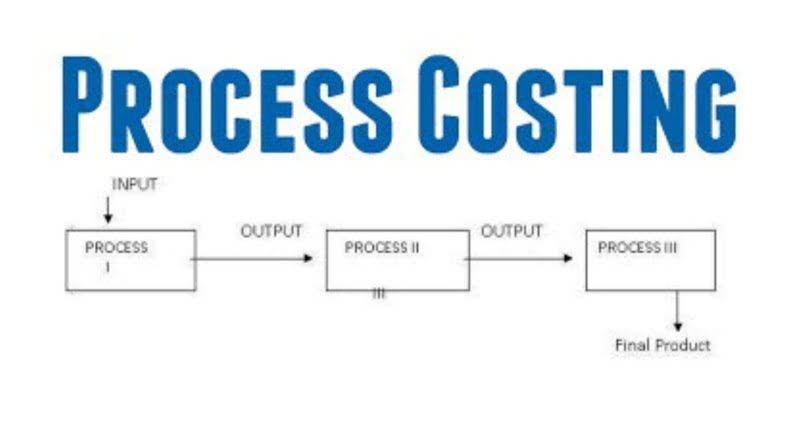The number of outstanding shares might change as investors buy and sell these shares. The number of outstanding shares will fall if a company buys back part of its outstanding shares. Issuing new shares of stock will increase the number of outstanding shares. Outstanding shares work in the same manner that when a company decides to issue stock, it produces new shares that investors can buy and sell. These shares are sold in an initial public offering (IPO) or later secondary offers. The shares become outstanding and can be traded on the open market QuickBooks when sold.
What is the Earnings per Share (EPS) Formula?
A buyback announcement usually gives stocks a boost because traders tend to view buybacks as bullish catalysts. Outstanding shares — or shares outstanding — aren’t as extraordinary as their name implies. We pro-rated the weighted average number of shares according to their duration. Simply put, the funds generated from issuing new shares were available to the Company for nine months only; hence, these numbers were pro-rated.
How Do You Find the Number of Shares Outstanding?
But it’s important to look at the number of outstanding shares to know how many more shares could possibly enter the market. Company insiders could sell their shares as they become unrestricted. And if the company that buys the shares for a deep discount turns around and sells them into the market, those also become part of the float.
How to Calculate Treasury Stock Method (TSM)
The term outstanding shares refers to a company’s stock currently held by all its shareholders. Outstanding shares include share blocks held by institutional investors and restricted shares owned by the company’s officers and insiders. The company issues shares and the price drops accordingly to preserve the stock’s market cap.
Conversely, outstanding stocks will decrease if a firm completes a share buyback or a reverse stock split (consolidating a corporation’s shares according to a predetermined ratio). As a result, it decreases the number of outstanding stocks in the public and increases the amount of treasury shares. To understand the calculation of outstanding shares, let us take an example of outstanding shares formula a company that has recently issued 1000 shares. Out of these, 600 shares are issued as floating shares for the public, and 200 shares are issued as restricted shares to the company insiders. Basic share outstanding includes the present number of shares that are readily available on the secondary market. Outstanding shares refer to the total number of shares of a company’s stock that shareholders currently hold.
AccountingTools
Investors and analysts use outstanding shares to calculate financial ratios such as earnings per share (EPS) and price-to-earnings (P/E). Outstanding shares estimate other https://www.bookstime.com/articles/month-end-close-process financial metrics, such as book value per share. Book value per share is the minimum number of shares owned in a company and is used to forecast the possible market price of a share at a specific time. Basic shares outstanding represent the actual number of shares outstanding during a period. Diluted shares outstanding include “dilutive” securities that could add to the share count — including options, warrants, and convertible debt. John, as an investor, would like to calculate the company’s market capitalization and its earnings per share.
- Throughout fiscal year 2021, the company issued no new shares and repurchased 20 million shares, resulting in 140 million common shares outstanding at the end of the period.
- The number of outstanding shares will fall if a company buys back part of its outstanding shares.
- Weighted average shares outstanding is the number of company shares after incorporating changes in the shares during the year.
- Imagine a company that owns two factories that make cell phone screens.
However, if investors perceive the dilution negatively—especially if the offering is done out of financial necessity—it may put downward pressure on the stock price, potentially reducing the market cap. In addition to stock price changes, corporate actions like share buybacks can significantly impact market capitalization. A stock buyback occurs when a company repurchases its own shares from the open market, reducing the total number of shares outstanding. The common stock outstanding of a company is simply all of the shares that investors and company insiders own. This figure is important because it translates a company’s overall performance into per-share metrics, making an analysis much easier regarding a stock’s market price at a given time. If there are 100 shares outstanding and you buy one, you own 1% of the company’s equity.
- Meanwhile, stock splits increase the number of shares outstanding without affecting the company’s market capitalization.
- If the stock becomes more appealing and demand increases due to the lower price, the market capitalization could rise as a result of the stock split.
- As we can see here, Apple’s basic and diluted EPS both increased year-over-year, even though their net income slightly declined.
- This calculation takes any variations in the number of shares outstanding during the period.
- In theory, any number can be paired with shares outstanding to come up with a per-share valuation.
Weighted Average Shares Outstanding Calculation Example
- The split itself doesn’t directly affect the company’s value but can indirectly influence investor perception and stock price.
- At the beginning of the second quarter, debenture holders of the company decided to convert their holdings into equity shares totaling 100,000 shares.
- The company has 4.32 billion authorized common shares, of which 3,119,843,000 have been issued as of December 31, 2014.
- Outstanding shares equation differ from issued (Authorized) as authorized shares are the number of shares a corporation is legally allowed to issue.
- This metric is calculated by multiplying the number of these shares by the current share price.
- Explore how corporations authorize and calculate issued shares through market cap and balance sheet methods.
- As noted above, outstanding shares are used to determine important financial metrics for public companies.
Weighted average shares outstanding is used as a substitute for the number of outstanding shares in some equations while calculating important financial ratios. As we can see here, Apple’s basic and diluted EPS both increased year-over-year, even though their net income slightly declined. This is because they were able to decrease their shares outstanding to a greater degree than their decline in earnings. This is a great example of how share-count reductions can be an important tool for management teams to deliver value to shareholders. Yes, the number of outstanding shares of a company can be found in SEC (Securities and Exchange Commission) filings such as 10-K annual reports and 10-Q quarterly reports.





